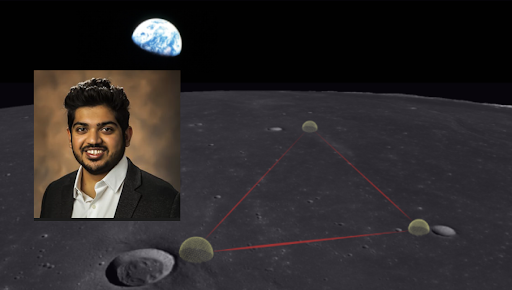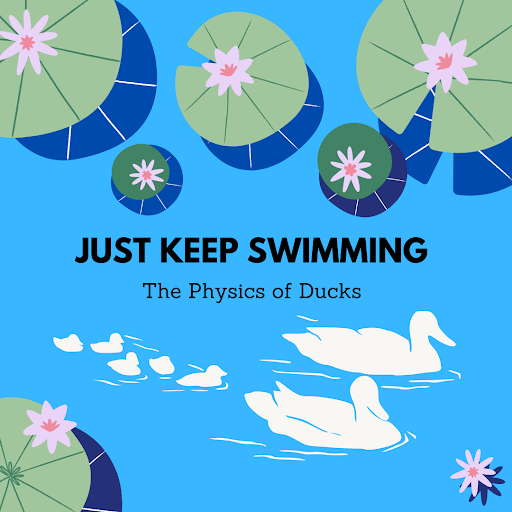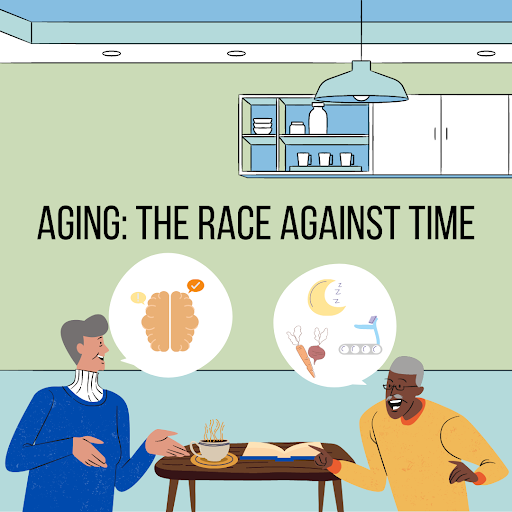Impacts of Climate Change: What’s up with Wildfires?
By Summer Seligmann, C2ST Intern, Loyola University
2020 was a difficult year for everyone. The global pandemic altered life as we knew it, and the world around us felt like it was burning, and it was. Unfortunately, it seems that 2021 hasn’t been much different. Like the pandemic, wildfires have not gone away, and they probably won’t any time soon. There have been nearly 49,000 wildfires in 2021, for a total of 6.5 million acres burned. Although there have been fewer wildfires this year, scientists warn that the future will be much worse if we don’t act fast.
In September of 2020, 3.5 million acres of land were burned in wildfires. In total, 10.2 million acres were burned in more than 58,000 wildfires in 2020. The acres that burned across the U.S. combined were bigger than the entire state of Maryland. This was a record high in the 21 years since data has been tracked and reported by federal wildfire agencies in the current reporting system. 22 climate disasters, three of the largest wildfires in Colorado’s history, and 4% of the state of California burned – all in the year 2020.

Continue reading “Impacts of Climate Change: What’s up with Wildfires?”




